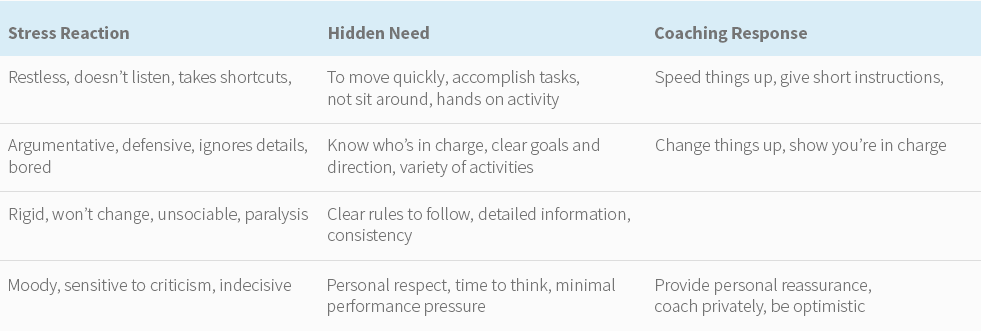Mental Health
Welcome and thanks for visiting...

Motivation x2 by Connie Charles


Have you ever had this happen…..you’re going through team tryouts and you spot a kid that you think has tremendous talent. They love the sport, are full of energy and have built up a strong set of skills that you think you can work with. Your gut tells you that they would be a great addition to your current team and would fill in some gaps you have. You invest a lot of time and resources in recruiting this top athlete who then agrees to come to play for your team. Then, half-way into the season, this superstar recruit all of a sudden becomes a nightmare and you’re wondering, “how could this have gone so wrong?” Sound familiar?
I’m sure the longer you’ve been coaching, the more you’ve experienced the scenario described above. I’m here to tell you that this situation is not because you misread the person. It is because you had incomplete information.
Think of it this way. We all have two layers of motivation. One obvious and the other hidden. The first is what we love to do and it’s easy for us to detect this in other people because it is freely shared and observed. They are the things that energize us and make our playing and practice time fun, not work. When recruiting, the first point of connection with a player is usually a shared passion for the sport.
However, it’s the second layer of motivation that determines whether a player is going to be a superstar or a dud. This is a view into what is often not obvious, the person on the inside. It is creating an environment that, when we get it right, brings out the best in a player. When missing this mark, it creates an out of control player who’s performance, on or off the field, falls apart.
Counter-productive, or stress behavior, is a signal that some internal motivational need is not being met. It is when someone is not in control of their behavior but reacting negatively to their environment or the people around them. Yelling at a ref, giving up on a workout routine, open hostility towards other team members, emotionally explosive reactions are all good examples of the stress behavior that limits performance.
What’s a coach to do? The answer is actually easier than you might have thought. Get good at recognizing these stress reactions for what they are; an indicator that a motivational need is not being met. Meet the need, the reactionary behavior goes away. When the player is back in control, peak performance is now possible.
While people are certainly complex, get started with this simple guide to some possible reactions and ways to meet the underlying motivational need:






